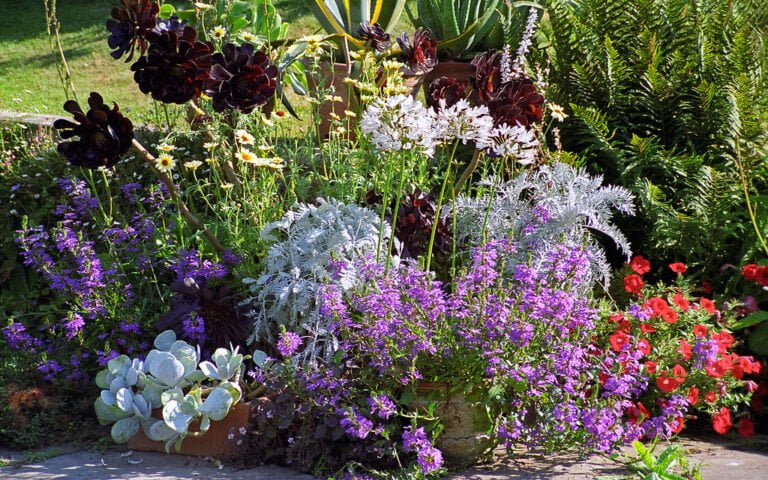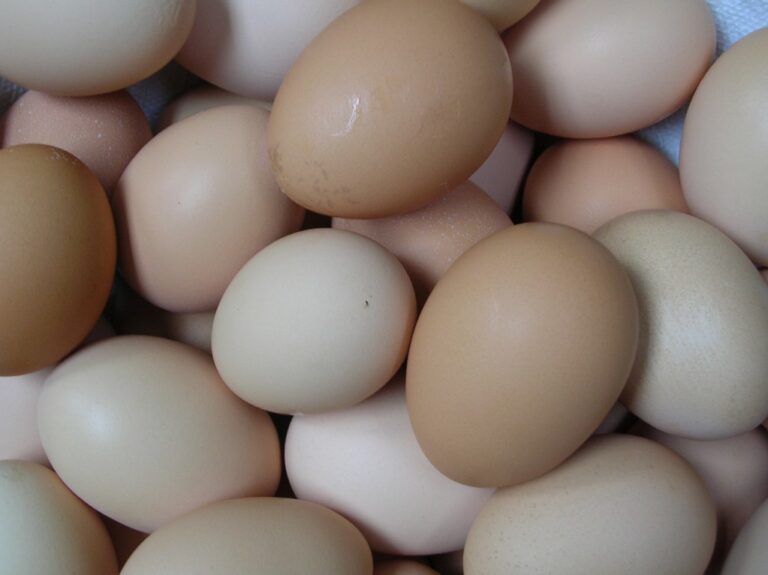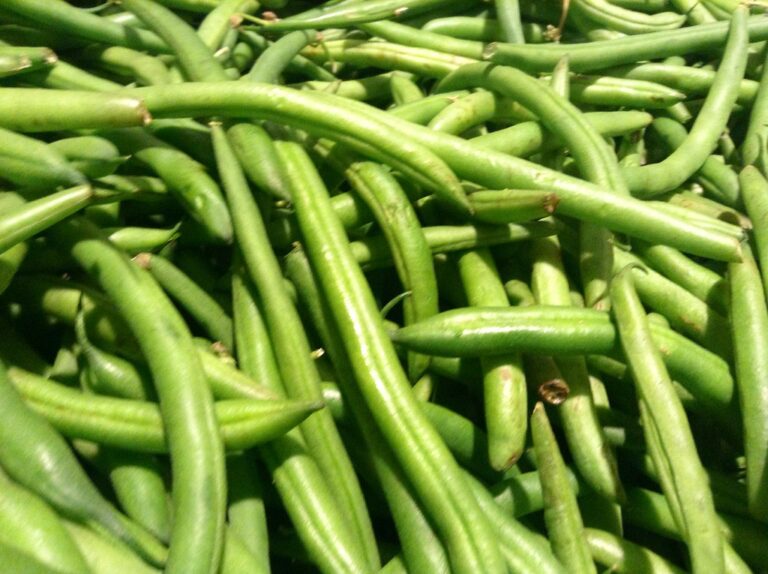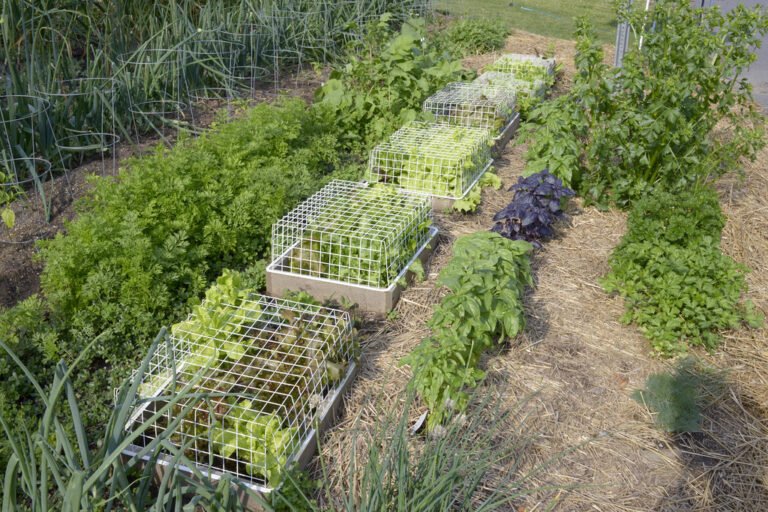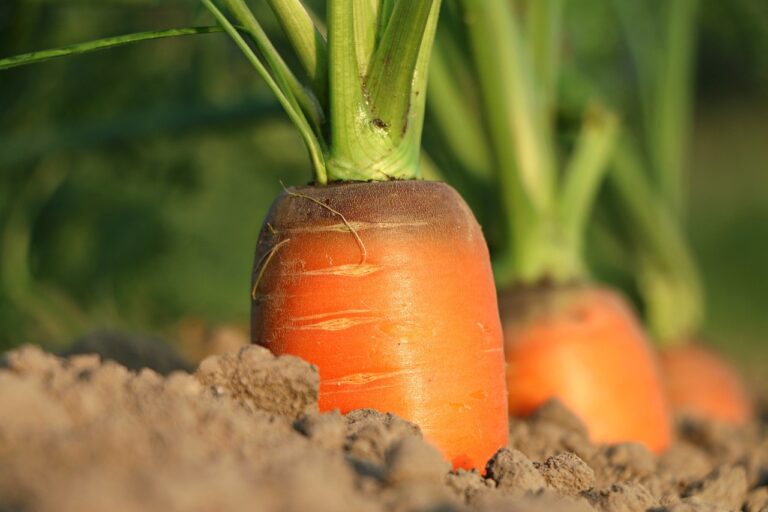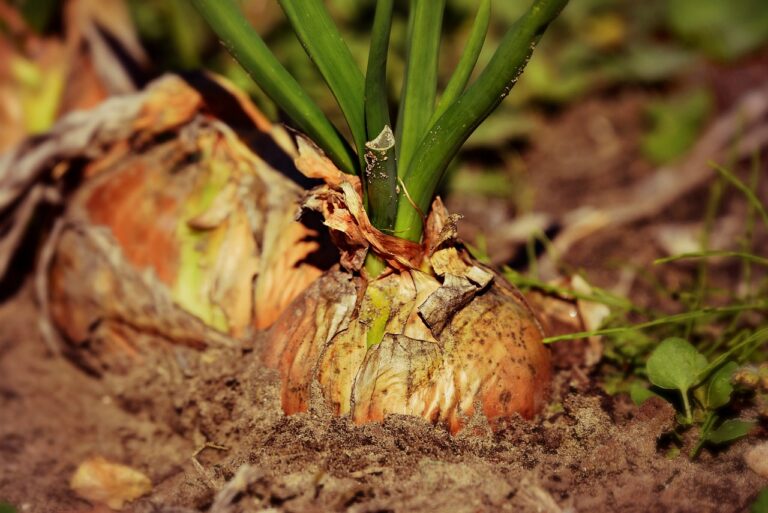The Most Popular Vegetables to Grow in Your Home Garden
Are you ready to start growing your own vegetables at home? Discover the most popular vegetables that thrive in your garden. Tomatoes, peppers, carrots, lettuce, cucumbers, zucchini, radishes, spinach, and onions are all fantastic choices. With these easy-to-grow veggies, you'll have an abundant harvest in no time. Whether you're a seasoned gardener or just starting out, this article will provide you with practical tips and expert advice to ensure your home garden is a success. Let's get started!
Tomatoes
To grow tomatoes in your home garden, start by selecting a sunny spot with well-drained soil. Tomatoes thrive in full sunlight, so choose a location that receives at least 6-8 hours of direct sunlight per day. Once you have the perfect spot, prepare the soil by adding organic matter such as compost or aged manure to improve its fertility and drainage. When it comes to choosing tomato varieties, there are countless options available, each with its own unique flavor. Consider growing a mix of heirloom and hybrid varieties to enjoy a diverse range of tastes and colors. To ensure a successful harvest, provide support for your tomato plants, such as stakes or cages, and water them consistently, aiming to keep the soil evenly moist. Regularly inspect your plants for pests and diseases, and take appropriate measures to control them. With these tips and tricks, you'll be well on your way to a bountiful tomato harvest.
Peppers
If you want a reliable harvest of peppers in your home garden, make sure to regularly provide them with the necessary care and attention. Growing different varieties of peppers can be a rewarding experience, as they come in a range of colors, flavors, and heat levels. To ensure the best growing conditions for peppers, start by choosing a sunny location that receives at least six to eight hours of direct sunlight per day. Peppers thrive in well-drained soil with a pH level between 6.0 and 6.8. Regular watering is essential, especially during dry spells. Mulching around the plants can help retain moisture and suppress weeds. Peppers are heavy feeders, so fertilize them every few weeks with a balanced organic fertilizer. With proper care, you can enjoy a bountiful harvest of peppers throughout the growing season.
Carrots
For a successful harvest of carrots in your home garden, ensure that you provide them with the necessary care and attention, as they are a popular choice among vegetable growers. Carrots are not only delicious and versatile in cooking, but they also offer several health benefits. Packed with vitamins A, C, and K, as well as fiber and antioxidants, carrots promote eye health, boost the immune system, and aid in digestion. When it comes to varieties, you have a wide range to choose from, including traditional orange carrots, purple carrots, and even baby carrots. To grow carrots successfully at home, make sure you have loose, well-draining soil and full sun exposure. Sow the seeds directly into the ground and keep the soil consistently moist until germination. Thin the seedlings to allow for proper root development, and water regularly to prevent the carrots from becoming woody. Harvest them when they reach the desired size, and enjoy the satisfaction of homegrown carrots in your meals.
Lettuce
Lettuce is a versatile and popular vegetable to grow in your home garden. There are several benefits to growing lettuce at home. First, it is a nutritious and low-calorie vegetable that is packed with vitamins and minerals. By growing your own lettuce, you have control over the growing conditions and can avoid the use of pesticides and chemicals. Additionally, lettuce is a fast-growing crop that can be harvested throughout the growing season, providing you with a constant supply of fresh greens. To care for lettuce plants, start by selecting a sunny location with well-drained soil. Sow the seeds directly into the ground or in containers, and keep the soil consistently moist. Regularly fertilize and weed the plants, and harvest the outer leaves as needed to encourage continuous growth. With proper care, you can enjoy a bountiful harvest of crisp and delicious lettuce from your own garden.
Cucumbers
To grow cucumbers in your home garden, start by selecting a sunny location with well-drained soil. Cucumbers thrive in full sun, so choose a spot that gets at least six to eight hours of direct sunlight each day. When it comes to cucumber varieties, there are two main types to consider: pickling cucumbers and salad cucumbers. For pickling, choose varieties like 'Boston Pickling' or 'National Pickling,' which have a firm texture and small size. If you want cucumbers for salads, go for 'Marketmore' or 'Straight Eight,' which are known for their crispness and mild flavor. If you have limited space or want to grow cucumbers in containers, choose compact varieties like 'Bush Champion' or 'Patio Snacker.' Remember to provide support for the vines and water consistently to ensure successful growth. Happy gardening!
Green Beans
If you're looking to expand your home garden beyond cucumbers, green beans are a fantastic addition. Green beans are easy to grow and offer a bountiful harvest. When it comes to growing techniques, green beans prefer full sun and well-drained soil. You can start by directly sowing the seeds in your garden after the last frost date. Make sure to provide support for the plants, such as trellises or stakes, as they grow. Green beans are also great companion plants for corn, cucumbers, and potatoes. They help in nitrogen fixation, which improves the soil fertility. Additionally, planting marigolds or nasturtiums nearby can help deter pests. With proper care and attention, you'll soon be enjoying a delicious harvest of fresh and crunchy green beans from your own garden.
Zucchini
Now let's move on to another popular vegetable in home gardens: zucchini. Growing zucchini can be a rewarding experience, especially when you follow a few tips and tricks for a bountiful harvest. Firstly, make sure to choose a sunny spot in your garden with well-draining soil. Zucchini plants thrive in warm weather, so planting them after the last frost is essential. When it comes to watering, keep the soil consistently moist but not waterlogged. Mulching around the plants can help retain moisture and suppress weed growth. To prevent common zucchini plant diseases like powdery mildew or blossom end rot, provide adequate airflow by spacing the plants properly and avoiding overhead watering. Regularly inspect the plants for any signs of pests or diseases and take immediate action to prevent them from spreading. With these simple tips, you can enjoy a bountiful zucchini harvest in your home garden.
Radishes
For a successful radish harvest in your home garden, start by selecting a well-drained spot with ample sunlight and prepare the soil accordingly. Radishes are fast-growing root vegetables that thrive in cool weather, making them a great addition to any garden. To ensure a bountiful harvest, follow these tips. First, choose the right radish variety for your garden. Popular varieties include Cherry Belle, French Breakfast, and Easter Egg radishes, each with its unique flavor and color. Next, sow the seeds directly into the soil at a depth of half an inch and space them about one inch apart. Keep the soil consistently moist and thin out the seedlings to allow proper growth. Harvest the radishes when they reach the desired size, usually within a month of planting. Enjoy the crisp, spicy flavor of these versatile vegetables in salads, sandwiches, or as a garnish. Happy gardening!
Spinach
To grow spinach in your home garden, start by choosing a sunny spot with well-drained soil. Spinach is a versatile and nutritious leafy green that can be easily grown in small spaces, making it a perfect addition to your garden. One of the benefits of growing spinach at home is that you have control over the growing conditions, ensuring that it is free from pesticides and other harmful chemicals. Additionally, spinach is packed with essential vitamins and minerals, such as iron, calcium, and vitamin C, making it a healthy choice for your meals. When growing spinach in small spaces, consider using containers or raised beds to maximize space. Remember to water regularly and harvest the outer leaves first to encourage continuous growth. With these tips, you can enjoy fresh and delicious spinach right from your garden.
Onions
For growing onions in your home garden, choose a sunny spot with well-drained soil. Onions thrive in full sunlight, so it's essential to pick a location that receives at least six hours of direct sun each day. The soil should be loose, rich in organic matter, and well-draining to prevent waterlogging, which can lead to rot. When it comes to selecting the type of onion to grow, there are several options available. Common varieties include red onions, yellow onions, and white onions, each with its distinct flavor and culinary uses. To ensure a successful harvest, start by planting onion sets or onion transplants in early spring. Water consistently, but avoid overwatering, as onions prefer slightly dry conditions. Harvest the onions when the tops have dried and fallen over. With these tips and tricks, you'll have a bountiful onion harvest in no time.
Frequently Asked Questions
How Often Should I Water My Vegetable Garden?
To prevent overwatering your vegetable garden, water it regularly but not excessively. Keep an eye out for signs of underwatering, such as drooping leaves and dry soil. Find a balance to ensure healthy growth.
What Is the Best Time of Year to Plant These Vegetables?
The best time of year to plant these vegetables is in the spring or early summer. Planting them during this time will give them ample time to grow and thrive.
Are There Any Specific Pests or Diseases That Commonly Affect These Vegetables?
Common pests and diseases can wreak havoc on your home garden vegetables. But fear not! There are effective methods for preventing and treating these issues. Stay vigilant and take proactive measures to ensure a thriving garden.
Can These Vegetables Be Grown in Containers or Do They Require a Traditional Garden Bed?
You can grow these vegetables in containers or a traditional garden bed. Container gardening is convenient and space-saving, but it requires more frequent watering and nutrient management. Traditional gardening offers more space but requires more maintenance.
Are There Any Specific Companion Plants That Can Be Planted Alongside These Vegetables to Enhance Their Growth or Deter Pests?
To enhance the growth of your home garden vegetables and deter pests, consider companion planting techniques. By strategically pairing certain plants together, you can create a natural defense system and reduce the need for chemical pesticides.
Conclusion
In conclusion, when it comes to growing vegetables in your home garden, the most popular choices are tomatoes, peppers, carrots, lettuce, cucumbers, zucchini, radishes, spinach, and onions. These vegetables are not only delicious and nutritious, but they are also relatively easy to grow and maintain. By incorporating these popular vegetables into your garden, you can enjoy the satisfaction of harvesting your own fresh produce right at home. So why not give it a try and start your own vegetable garden today?

